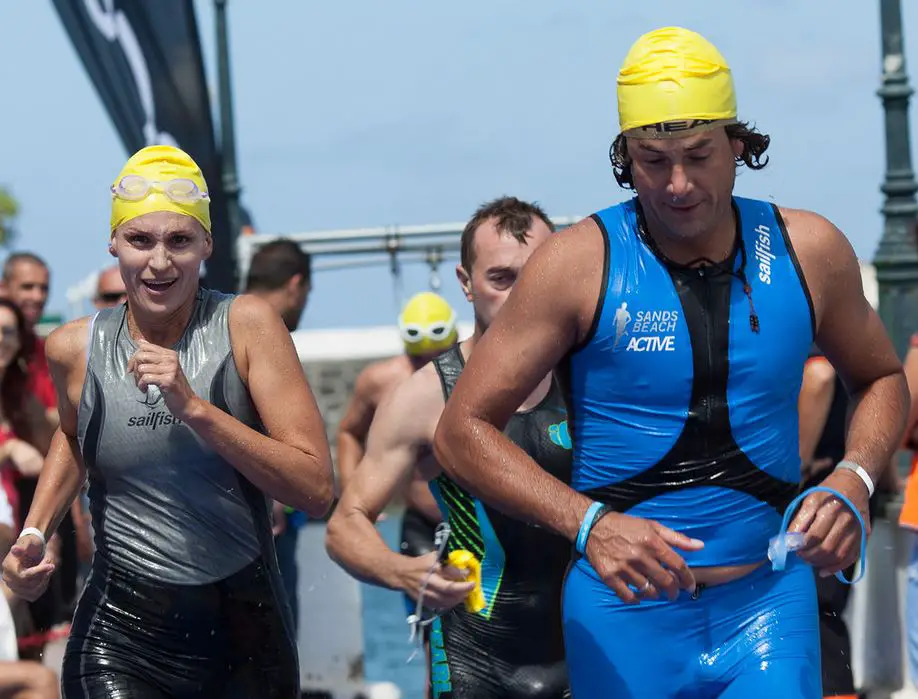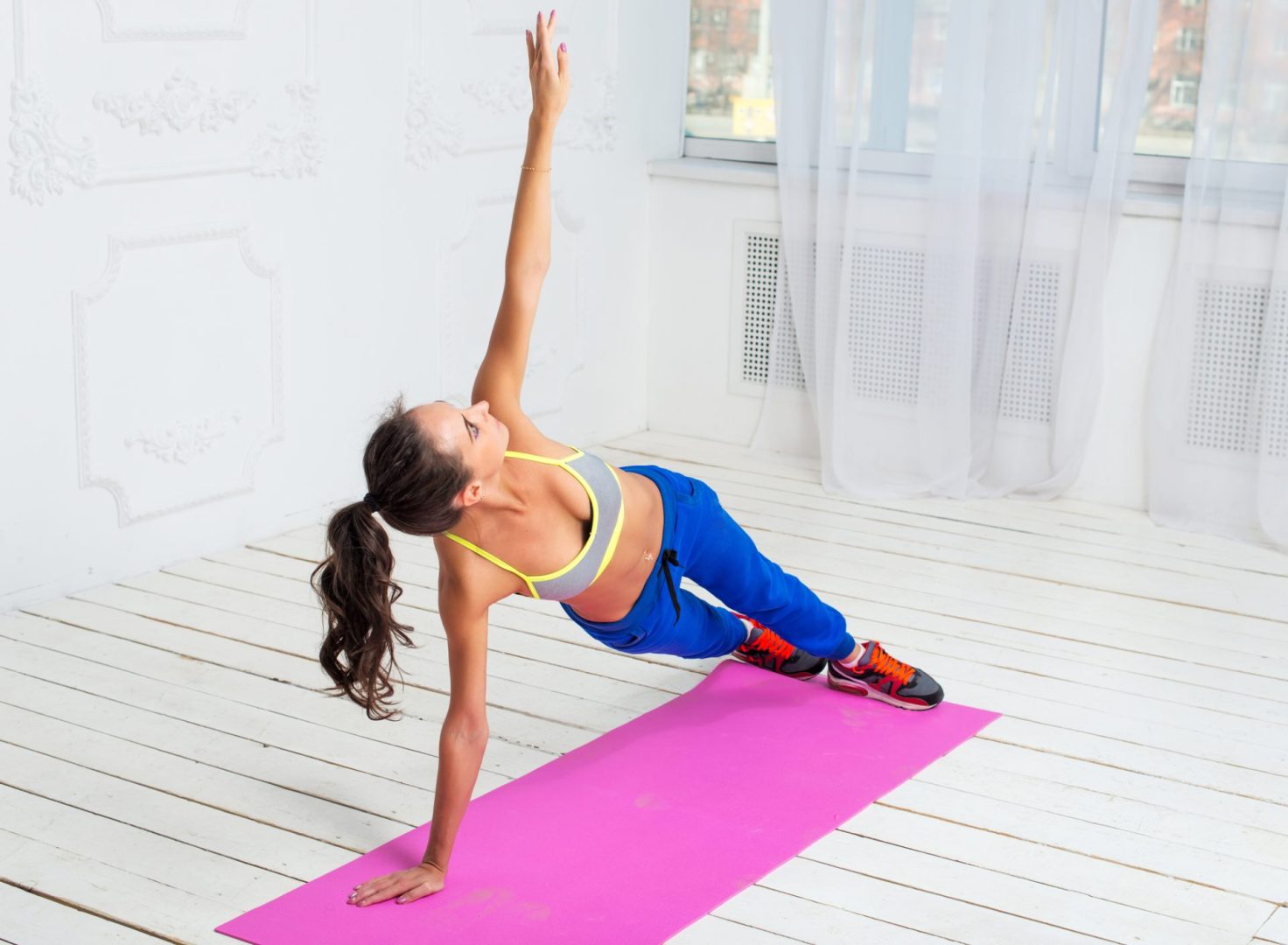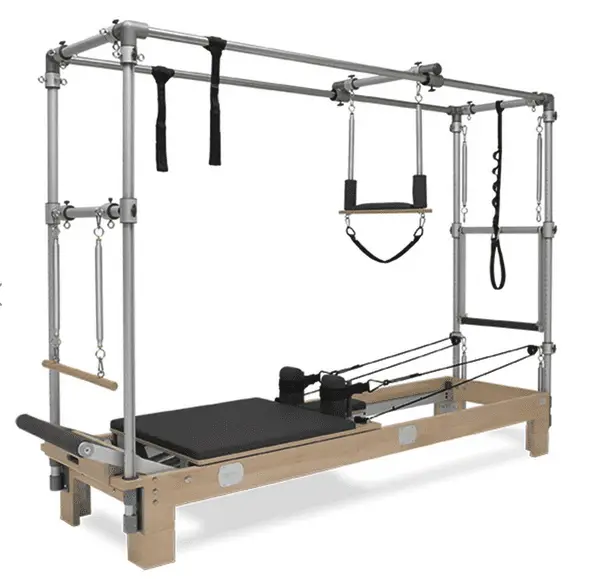Sports Specific

Ready to Tri Pilates? Part 2
The swim section of a triathlon is the first of the three legs in a triathlon. It includes the official start of the race, and usually is the most hectic portion of the race. The swim leg is held in a large body of water, like an ocean or lake, and the swimmers must complete a course that could be as long as 2 miles, depending on the length of the triathlon.
Most triathletes do not find their strength in swimming. In fact, most of these athletes started competitive swimming when they trained for their first triathlon. Learning to swim properly as an adult is more challenging than when learning as a child. Thus, there are some technique and form issues associated with the adult swimmer that regular Pilates training can benefit.
On a muscular level, core strength is essential to any swimming stroke. During freestyle, the stroke of choice for distance swimming, it important for the swimmer to have a generally strong trunk area. This will allow the swimmer to hold him or herself up along the surface of the water. Commonly, swim coaches find that inexperienced swimmers tend to drag their legs, causing the legs to sink during a swim workout. “Swimmers need strong gluts and thighs to help with their kicking,” says Coach Ian O’Neil, head coach for TBay Swim Club in Clearwater, FL. “This gives them the strength they need to propel themselves. Most triathletes need work on their glutes.” Appropriate Pilates exercises for this issue would include any exercise that extends the hip with a straight leg (swimming, swan, prone hip extensions). Also, swimmers need to pay attention to the shoulder girdle. “Lats and shoulders are essential for the swimmer, this is where their power comes from”, says Coach O’Neil. Because of the use of the upper body in the freestyle stroke, the latissimus dorsi is a largely recruited muscle for extension of the shoulder, the movement that propels the body through the water. Working scapular stability exercises as well as large “pulling exercises will greatly help benefit the swimmer. Also, teaching proper movement through the shoulder and its flexibility are very important. Some Pilates exercises for this issue include reverse knee stretch, long stretch, breathing, arm circles and chest expansion.
On a proprioceptive level, Pilates has huge benefits for the swimmer. First of all, it benefits breathing. As we all know, Pilates reinforces rhythmic breathing. While swimming, the athlete must be relaxed and allow his/herself to breathe on a pattern. Secondly, body awareness and focus. The swimmer needs to allow his/herself to connect arm movements to the core. This will enhance the hydrodynamics of their body. Awareness will help the swimmer to get extra distance for each stroke. During freestyle, it is essential for the athlete to support their body while reaching and rolling the body in the water. This takes a lot of trust in one’s body and ability. Thirdly, in terms of positioning, it is very important for the swimmer to release the neck and spine, and eliminate any muscle tension. This tension affects the entire body because the slightest mis-position of the head can cause the body to change it’s position in the water causing a tougher swim and a possible injury. The challenge is to remember the proper alignment one learns in Pilates training, and move it to the pool.
Proper swimming requires many of the same principles found in Pilates: breathing, grace, concentration, and flow. Participating in Pilates training can enhance the muscular and proprioceptive skills of the triathlete and take them to the next level in their competitions.





